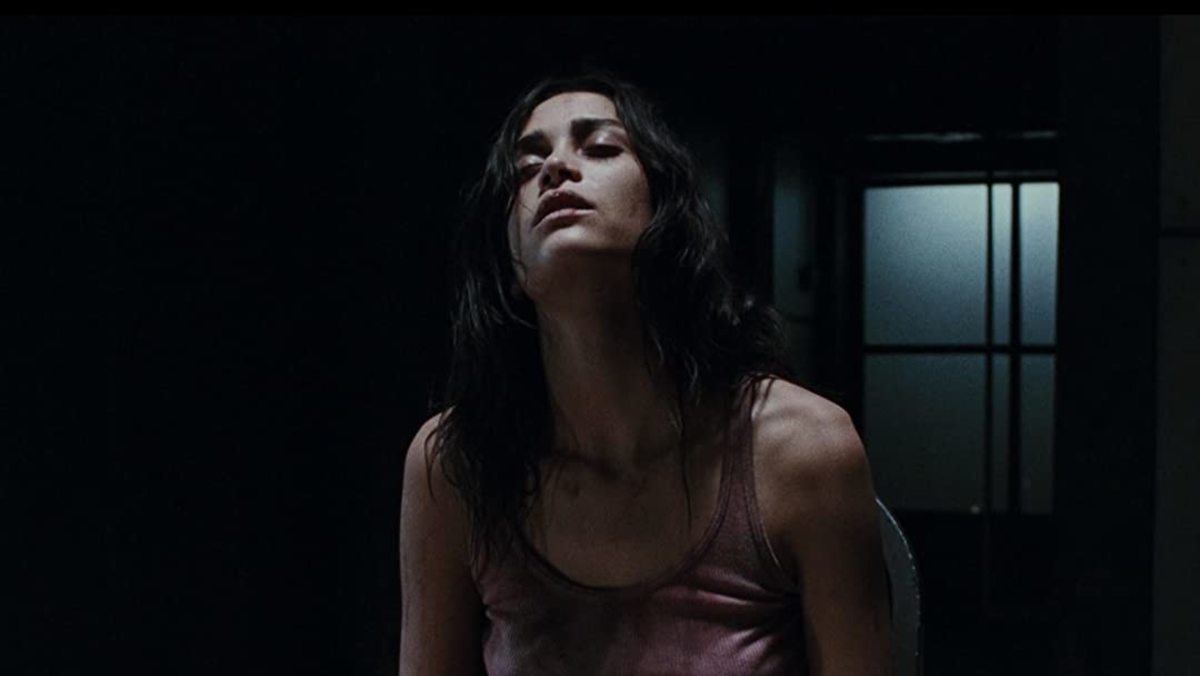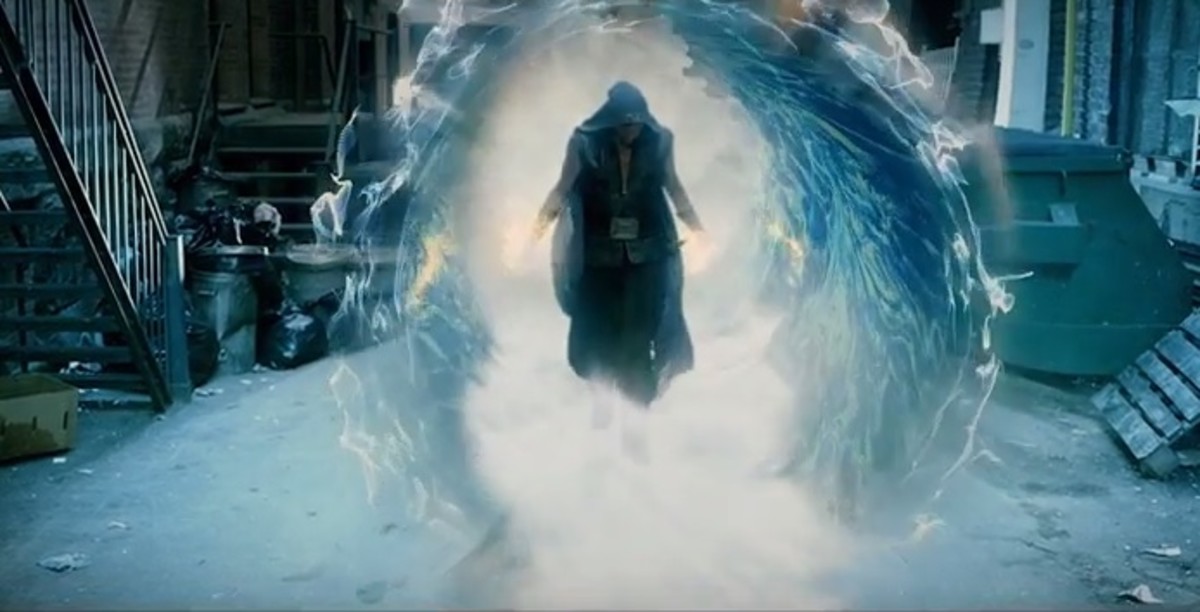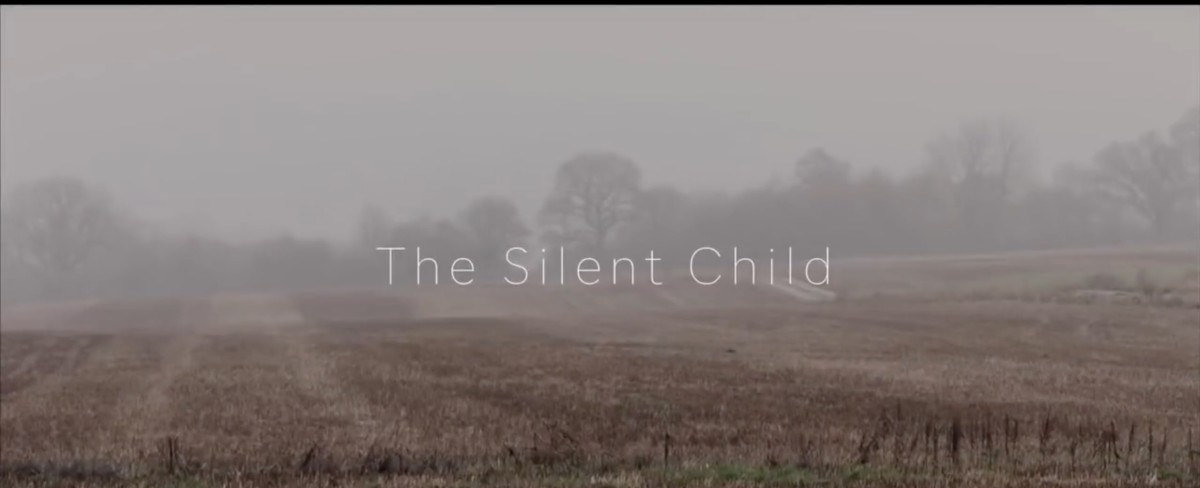The ease of making short movies
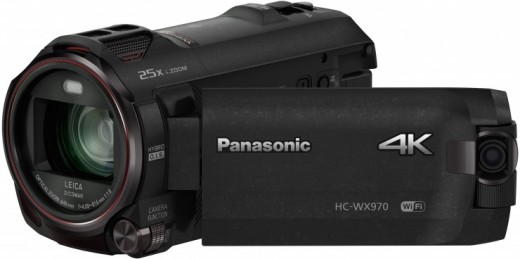
For many, making movies is a pleasurable past time. However, it hasn’t always been easy to go about making them. Thankfully though, as the years have gone on and technology has adapted, it is now easier to create and distribute short movies. In this Hub, we’ll be looking at how things have progressed for this hobby to enter the mainstream.
Affordability of cameras
As technology has improved, so has the cost of video cameras, although this was only an initial problem. Over time, the ability to record high quality videos on compact digital cameras that are fairly inexpensive has also become an option. The same is true of mobile phones such as the latest offerings from Apple and Motorola.
With abilities such as HDR, autofocus and being able to record in a wide range of different resolutions, it has never been a better time to start making short movies. With 4K video slowly becoming more prominent on sites like YouTube, it is now possible to shoot in 4K using a GoPro camera, which would retail for around £300, and it also allows shooting footage in full HD at 120fps if you so wish.
With it being so affordable now, for anyone that is curious to create short videos they will be able to buy even cheaper cameras with slightly less features but the same level of quality. The benefit of this is that since they’re only dipping their toe in the water, it will not cost them the Earth if they decide it isn’t for them.
Even better, the media that you record onto is now becoming cheaper and cheaper. For example, you're able to get a Class 10 San Disk Micro SDHC memory card for less than $20. In years gone by, this would have been more than double that cost.
Ease of distribution
When it comes to distributing short movies, there are two potential options; on optical disc or online. Both have their merits as well as their pitfalls, and we’ll have a look into each situation.
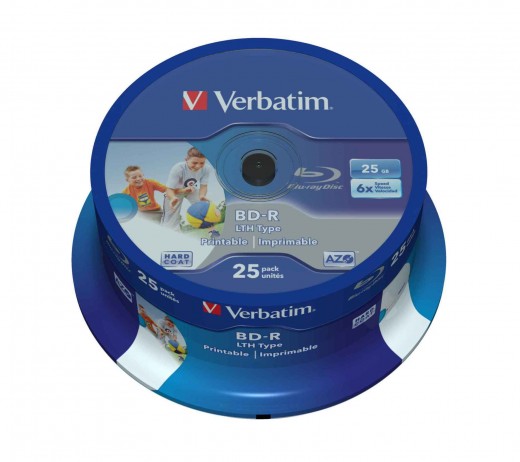
Optical Media
Many are now saying that optical media is on its way out. Whilst there has been a slight dip in its use of the years thanks to streaming sites like Netflix, the quality of a movie on physical media compared to it being stream is a lot better. Further, with the cost of blank DVD’s being extremely low per pack of 100, it really only costs you a few pence to produce one disk on your computer.
Having said that, there are a few pitfalls with using optical media. The first is tht if you are shooting in HD and are wanting to really showcase your work, it isn’t the best idea to downsize to a DVD. This is due to the fact that the resolution and bandwidth of DVD is lower than HD and therefore you’re losing some of the picture quality. It’ll still look great, just not as great as it could be.
Another issue that comes when distributing your short movie on optical media is tied into HD. The cost of blank Blu-Ray discs (needed to store HD movies) is still fairly expensive. Due to this, not everyone will want to invest in this since it can be a couple of pounds per disk compared to a couple of pence for DVD.
Finally depending on your configuration of your computer, you might not even have a DVD/Blu Ray burner available on your system. Whilst you can easily get one that plugs into it via USB, it is another cost implication that is involved.
YouTube and other streaming sites
Whilst there are many sites available that stream home made video, we’ll focus solely on YouTube in this instance since it is the most popular of these sites. The biggest benefit of YouTube is that it is completely free to upload media to the site. So, unlike producing your short film on optical media, you simply upload the file directly to the site.
Also, unlike with the case of optical media and having to choose the correct type in order to properly show off your short movie, this isn’t an issue when it comes to YouTube. Whatever the maximum quality of the video is, the video will be able to be displayed in that option along with every preceding quality option as well such as 1080p, 720 and 480p. This in itself can save you a lot of time since you don’t need to down sample a video from full HD to 48P to fit it on a disk.
Royalty free music
For any short (or long) movie, a key component of maintaining the atmosphere is ensuring that you have the proper music for the right scene. Not only does it help set the pacing of the scene, but it also keeps the viewer interested and focused on what is happening on screen.
Having said that, it can be extremely expensive to include music in a film due to the fact that whenever a piece of music is included in it, the composer/artist will be expecting royalties to be paid when the music is shown.
The problem that this presents is that for those that are film making students and are needing music for their project, it can cost them quite bit of money to pay back to the composer if the movie in particular is extremely good and takes off, but you can’t be guaranteed a nice return in profit for it. Likewise, for those just starting out and say, are making short videos on YouTube to bolster their portfolio, this added cost can be a major setback and for some it may be an unmoveable obstacle in their dream of making a short movie when you add up all the other factors to it.
In comparison, it is now possible to use royalty free music for short movies. The way this works is on a one-time fee basis so basically you pay X amount for a piece of money and if it is played once, or 10,000 times in terms of viewership of your video, then it means that you don’t have any unexpected bills to pay.



